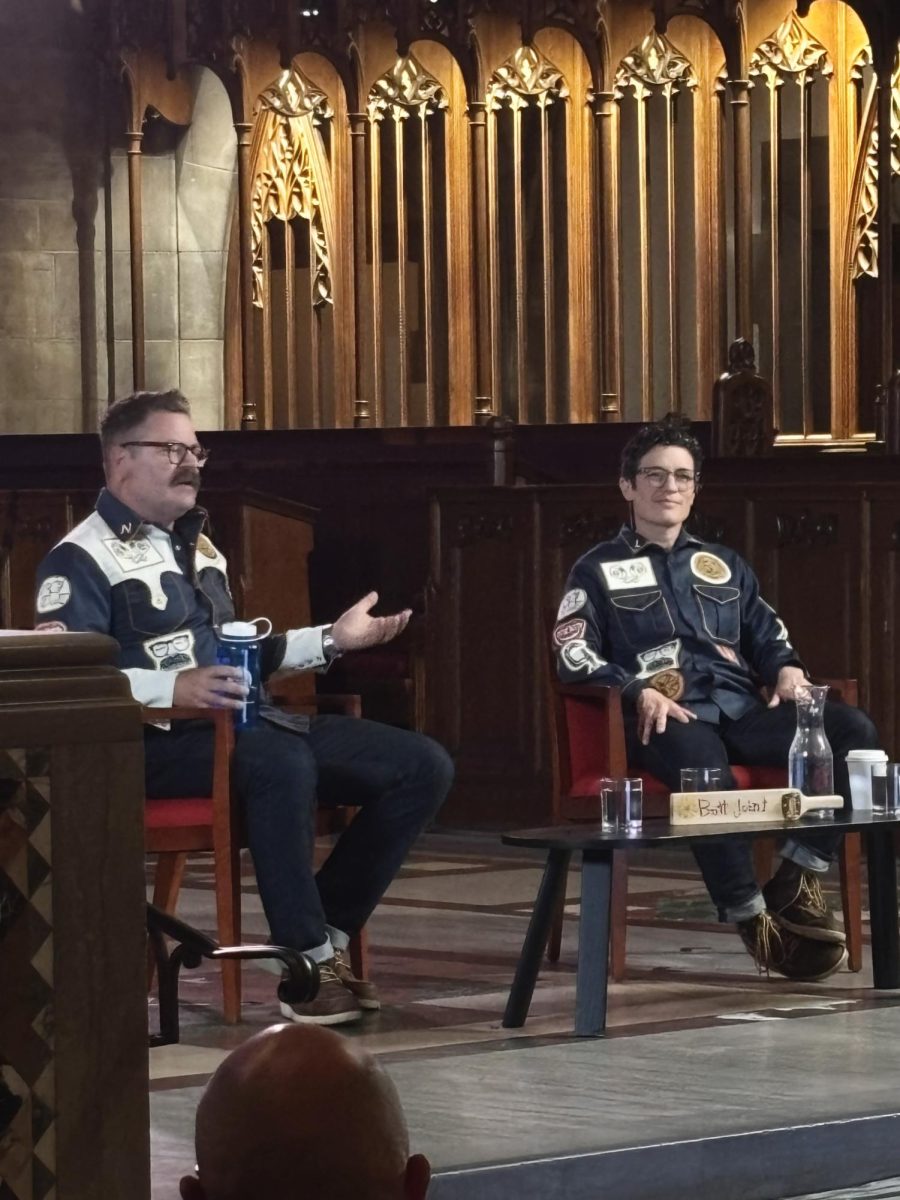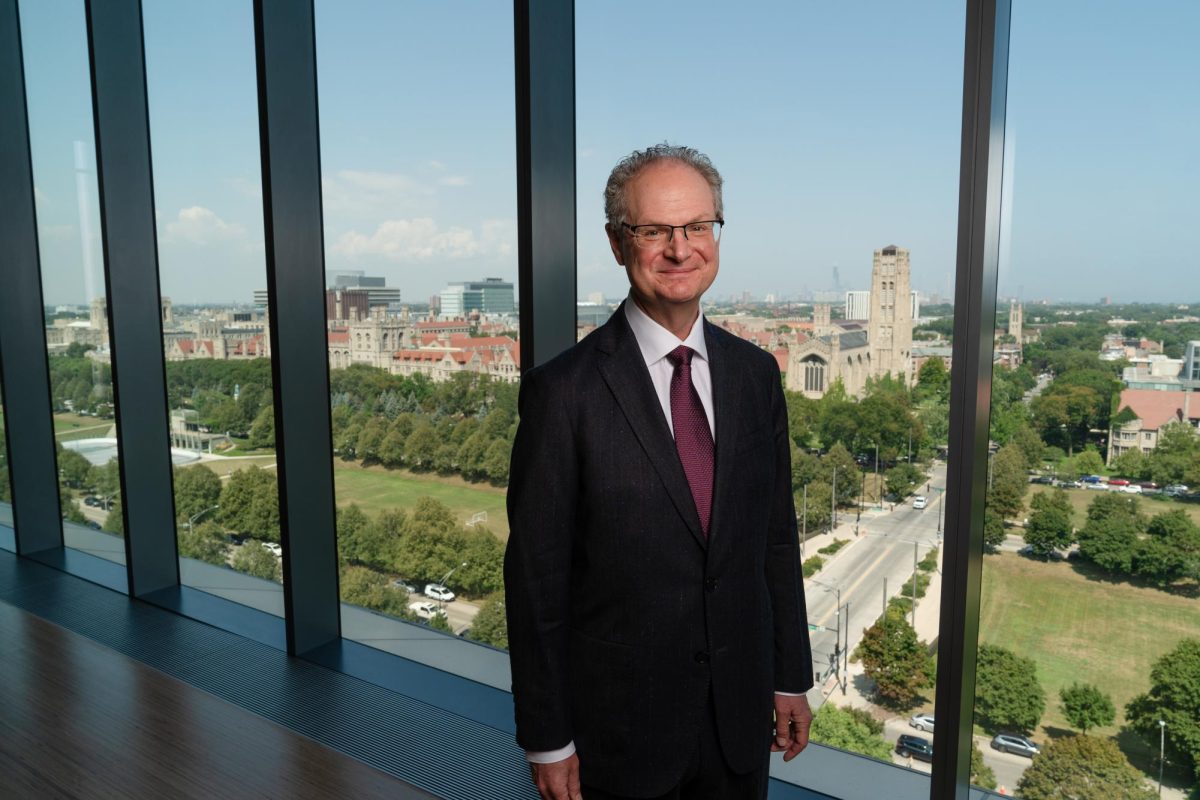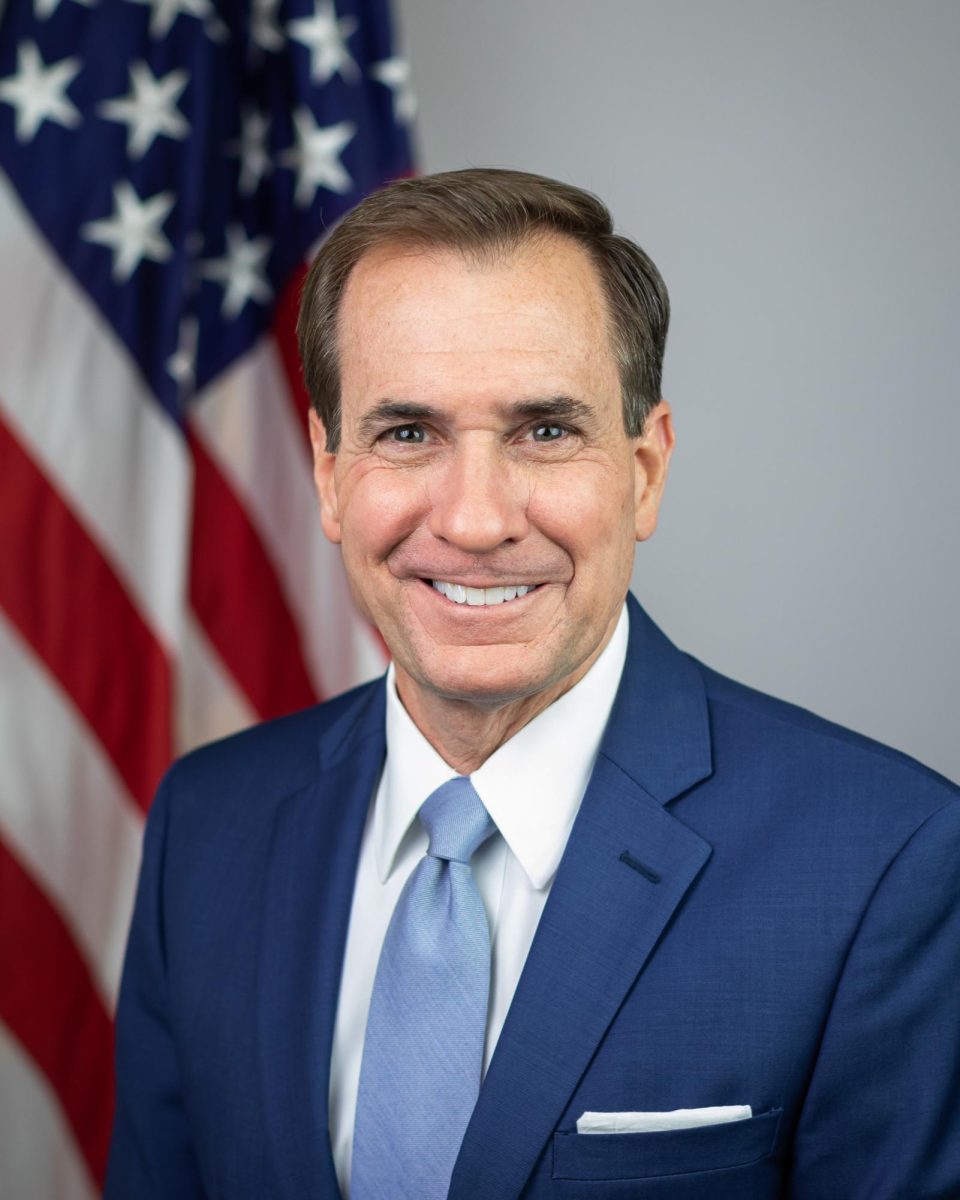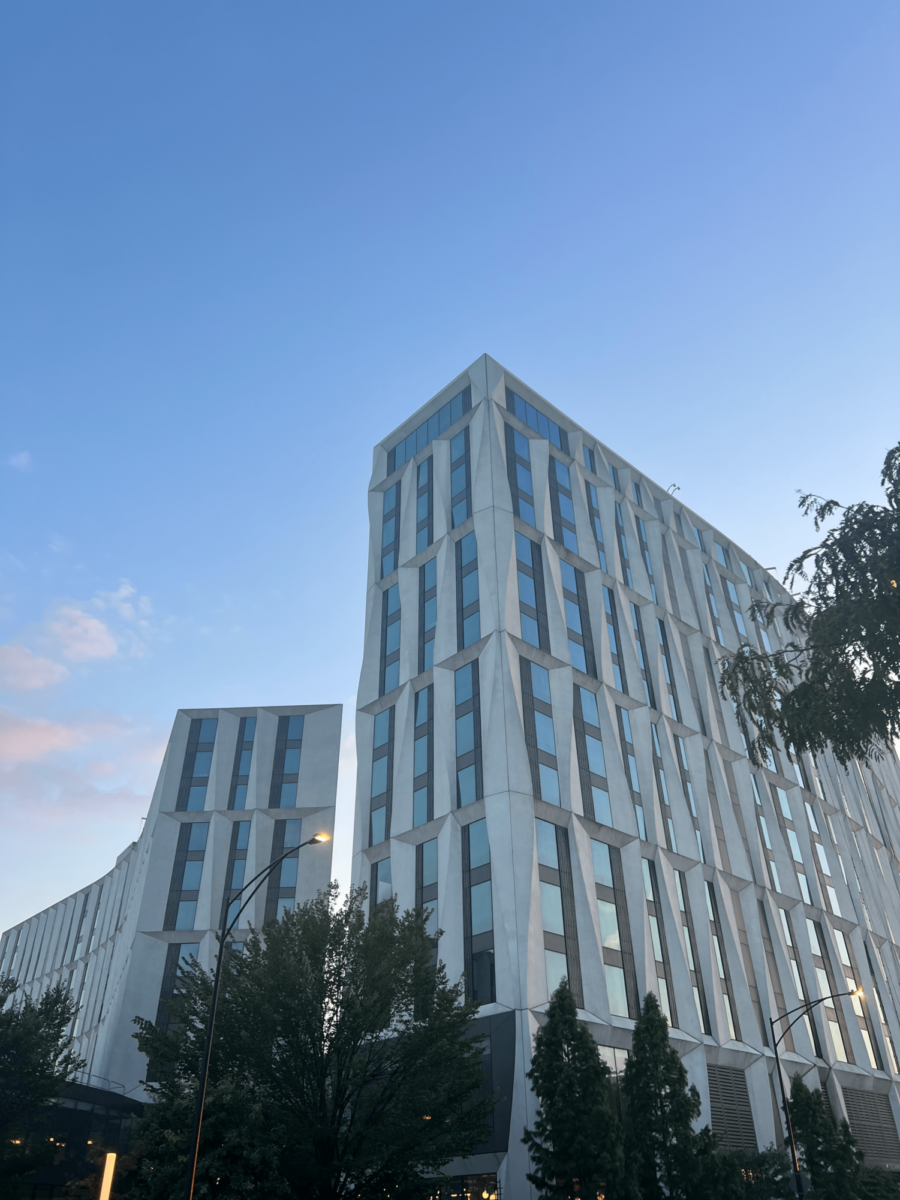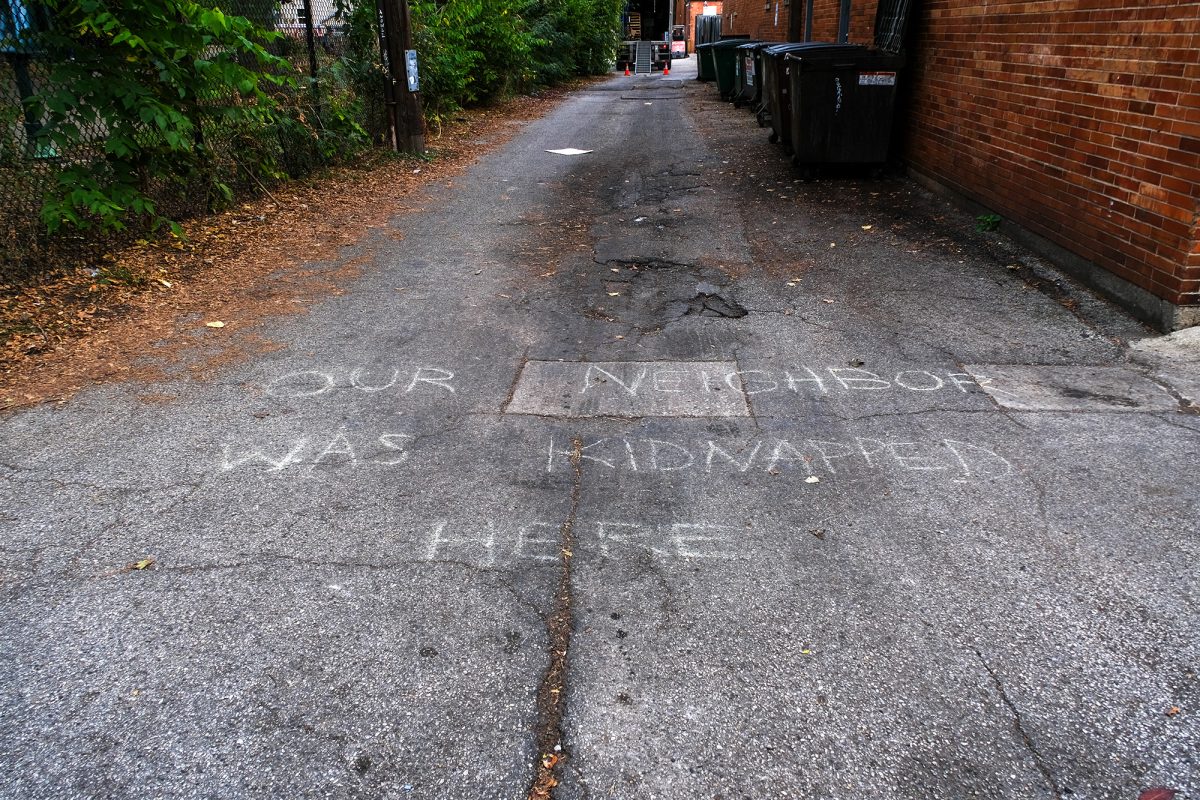From delivering fake report cards to hosting a finals week study-in at the president’s office, U of C students proved their dedication to social change, and a flair for the dramatic, during last year’s many protests.
Two major issues drew student ire Spring quarter – the firing of University housekeepers and the push for a Socially Responsible Investment Committee (SRIC).
The administration announced a department merger between the housekeeping and facilities staff last year, which meant the outsourcing of residential housekeeping jobs. Students formed The Student Solidarity March for Housekeepers and Dining Hall Workers and launched savethehousekeepers.com. Weeks of protests followed, culminating in a sit-in at Zimmer’s office that ended when administrators threatened to call the police.
Details on how many housekeepers got the axe this summer are forthcoming and leaders from Students Organized Uniting with Labor (SOUL) plan to continue their protests at the start of the school year.
A referendum during Student Government elections also had students at the president’s door last year. The recommendation to create a Socially Responsible Investment Committee (SRIC) passed by a large majority on the April ballot.
Fourth-year and undergraduate liaison to the Board of Trustees Nakul Singh was the ambassador to the administration, asking that University to think more closely about where it puts its money. Investments in companies like Arch Coal whose mining practices in West Virginia have drawn national criticism, inspired the referendum.
SRIC Supporters charged into President Zimmer’s office to deliver a letter – but Zimmer was out of the office for the day. During a meeting, Zimmer called the creation of the proposed committee “unlikely.” The U of C’s commitment to political neutrality, outlined in a guiding document called the Kalven Report, makes the SRIC doubtful next year despite student interest.
On the west end of campus, the ongoing call for an adult trauma center and a heated nurses strike kept the University of Chicago Medical Center (UCMC) at the forefront of student interest.
Young people from the South Side staged a mock funeral during a ceremony honoring Martin Luther King, Jr. in Rockefeller Chapel in February to draw attention to UCMC’s lack of a trauma center.
The death of one teenage activist last August underscored the need. Eighteen-year-old Damian Turner, who persistently led the call for a UCMC trauma center, was shot three blocks from the UCMC. He died in the ambulance while being taken to the Northwestern Memorial Hospital’s trauma center, nearly a half hour away.
Community groups like Fearless Leading by the Youth (FLY), which Turner co-founded, use the center’s shutdown in 1988 as evidence of poor relations between the U of C and the surrounding neighborhoods.
The UCMC was again the center of controversy when over a thousand nurses voted to strike as their contract ended. The UCMC nurses say they are overworked and now ask for more shift rotations to improve patient care, but the hospital maintains budget problems are limiting their options.
The tarnished image of the UCMC could get an overhaul this year. Michelle Obama’s former Chief of Staff Susan Sher left the White House for Hyde Park in August to become Executive Vice President for Corporate Strategy and Public Affairs.
Still, not all protests snowballed to yearlong outrage.
After a large and public outcry by professors over the creation of a Milton Friedman Institute in 2008 that included the convening of the Faculty Senate and a name change, the controversy has simmered down even as big changes continue to shape the center. In June, the Institute quietly merged with Becker Center on Chicago Price Theory to form the Gary Becker Milton Friedman Institute for Research in Economics.
Additionally, last November a Facebook petition criticizing some of SafeRide’s practices gained 500 student signatures in just days. Four graduate students created the petition to complain about the shuttle’s long wait times and unpredictable service.
Campus administrators responded to the outcry and organized a public forum with transportation leaders to talk out the issues with concerned students. However, only four students showed up for the forum and winter cooled the anger of student riders, proving that the ride on the bandwagon is sometimes a quick trip.



